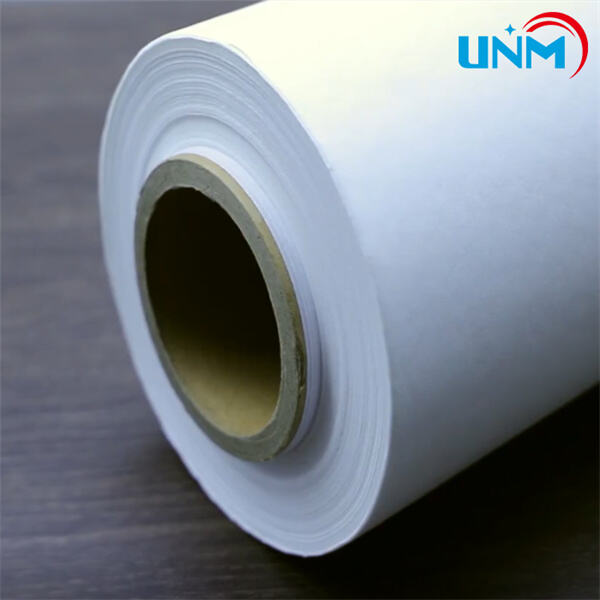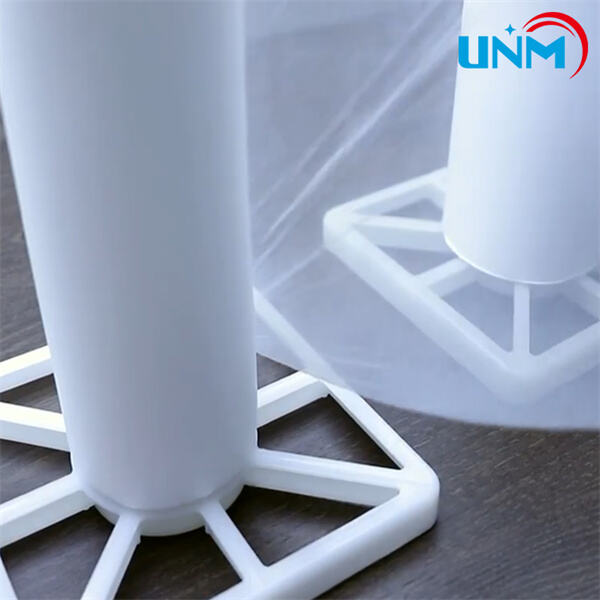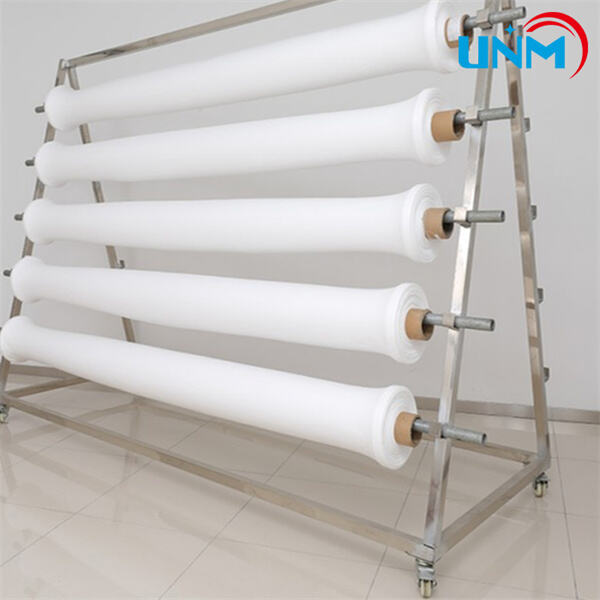Membrane technologies are a driving force behind the water treatment and filtration system in various industries like health care, biotechnology, food & beverage as well chemicals industry. Hydrophilic PES (polyethersulfone) membrane is one of the most common types of materials used for these applications. This article will focus on the multiple benefits, scientific principles and extensive applications of Hydrophilic PES membrane especially in terms of water filtration areas, biomedical research domains for bacterial detection or even industrial based filtering processes etc
Hydrophilic PES membrane is a microporous barrier created for the high flow volume of water and other liquid filtration. This membrane is hydrophilic, meaning it has an affinity towards water molecules. One of the biggest advantages that hydrophilic PES membranes, compared to their hydrophobic counterparts, bring with them is no need for pre-wetting or priming- a huge plus in certain filtration scenarios. In addition to that, these membranes are particularly effective for water purification systems used in the elimination of contaminants such as: salt, virus and other toxic substances. That way they can process large volumes of water with a high flow rate and still function effectively.

Biomedical applications of hydrophilic PES membranes include blood purification, microfiltration (MF), hemodialysis and bioreactors. Because they are porous and filterable, these membranes remove cellular debris, pathogens, large toxins etc., from biological fluids such as blood (separating) Thus making them suitable for use inblood purification systems. The basics of how hydrophilic PES membranes work is the passage of water through its pores within a system based on scientific factors. These pores are of a size that pathogens cannot pass through, yet water molecules may freely diffuse. Its hydrophilicity of the membrane also minimizes protein loss, making it suitable for separation and purification applications.
A Comparison between Hydrophilic and Hydrophobic Membrane: What is Better?
Difference Between Hydrophilic and Hydrophobic Membranes The principal factor which diverges hydrophilic from the hydrophobic membranes is water uptake. Hydrophobic surfaces do not mix with water but actually fear it for hydrophilic is opposite of that as its the kind which loves to get in touch with H2O. In the world of membrane filtration, hydrophilic PES membranes are superior to their hydrophobic counterparts by not requiring pre-wetting or priming. In contrast, hydrophobic membranes are less prone to fouling and find wide applications in oil-water separation, air filtration and gas permeation. The decision of which type to use is largely determined by your application; hydrophilic PES membranes are great for water filtration or biomedical applications, whilst the opposite can be said about hydrophobic Ones in air and gas filtration or oil-water separation.

Furthermore, hydrophilic PES membranes are essential in the area of bacterial recognition. Such membranes are specially designed to bind only with bacterial cells, so the process of detection and quantification of bacterial populations is easier than ever. This binding takes place through the electrostatic attraction between bacterial of cell wall and membrane surface. Using hydrophilic PES membranes for bacterial detection has several advantages over the recent traditional approach by providing faster, more significant sensitivities in a cost-effective way. In addition, these membranes are tailorable for deciphering your targeted bacterial strains hence giving them an edge in industries such as food, healthcare and environmental monitoring.
An In-Depth Look at HPUF Hydrophilic PES Membrane Technology in Industrial Filtration Systems
One of the major attributes by which hydrophobized PES can be replaced in industrial filtration processes, particularly within food sector chemicals and pharmaceuticals is its versatility. The membranes are crucial to push the protein, enzymes and chemicals separation, purification or concentration of fluid. They are resistant to organic or inorganic solvents, so they may also be used for more extreme filtering. Their hydrophilic Property of surface microstructures further minimizes protein attachment. The use of hydrophilic PES membranes for industrial filtration offers multiple advantages in terms of improved filterability, fewer steps involved during the process and utility at an industrial scale.

To sum up, the hydrophilic PES membranes become an important and practical platform in many industries associated with water processing, clinical diagnostics for pathogenic bacteria monitoring as well as industrial filtration. Due to their hydrophilic nature and large flow rates, they are perfect for water purification and various other biotechnical purposes. These membranes also hold applications in the food, chemicals and pharmaceutical sector due to their specificity for bacterial detection as well as resistance towards organic/inorganic solvents. Chemically hydrophilic PES membranes: Chemilab the series is a unique class of high-performance, non-porous polyethersulfone (PES) chemically modified to be uniformly possessed with chemical additive on its pore-free membrane-surface-structure that allows for precise interactions in applications where ultra-high binding and Internal surface properties are critical.